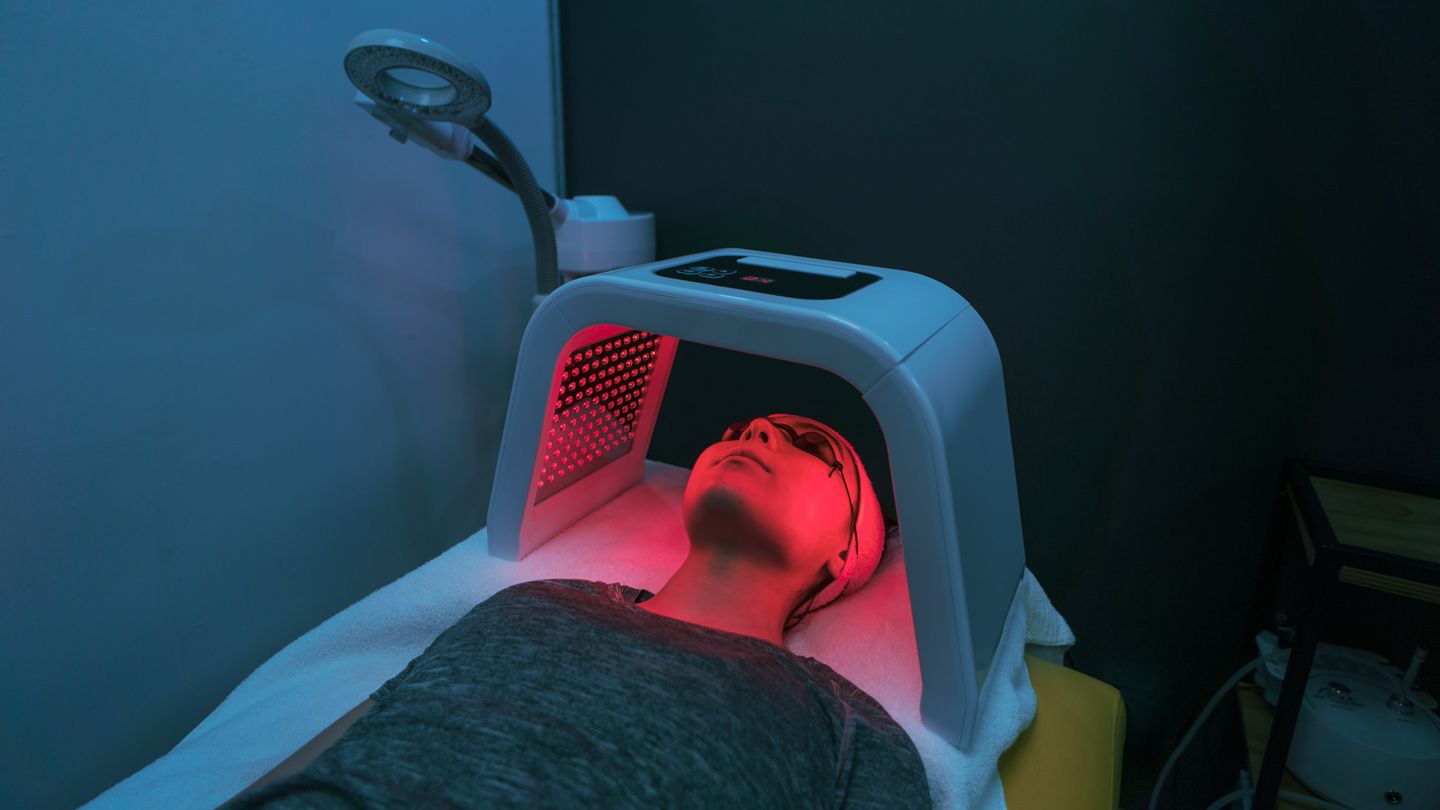In recent years, red light therapy has gained popularity for its potential health benefits and non-invasive nature. Also known as low-level laser therapy (LLLT) or photobiomodulation therapy, red light therapy involves exposure to specific wavelengths of red and near-infrared light . Here’s a detailed look into what red light therapy entails, its benefits, and its various applications red light therapy before or after workout.
What is Red Light Therapy?
Red light therapy utilizes light-emitting diodes (LEDs) or low-power lasers to emit red and near-infrared light wavelengths, typically ranging from 600 to 1000 nanometers (nm). These wavelengths penetrate the skin to varying depths, influencing cellular function. Unlike ultraviolet (UV) light, which can damage skin cells, red light therapy is considered safe and gentle.
Benefits of Red Light Therapy
- Skin Health: One of the primary uses of red light therapy is in dermatology. It’s believed to promote collagen production, which can improve skin elasticity, reduce wrinkles, and diminish scars. It may also help in treating acne by reducing inflammation and promoting healing.
- Pain Management: Studies suggest that red light therapy may help alleviate pain and inflammation in various conditions such as arthritis, tendonitis, and muscle strains. It’s thought to work by reducing oxidative stress and increasing blood flow to affected areas.
- Wound Healing: The therapy has shown promise in accelerating wound healing processes. By stimulating cell regeneration and enhancing circulation, it aids in faster recovery from injuries, surgical wounds, and ulcers.
- Hair Growth: Research indicates that red light therapy can stimulate hair follicles, potentially promoting hair growth in individuals experiencing hair loss or thinning.
- Joint Health: For individuals with joint disorders like osteoarthritis, red light therapy may offer relief by reducing pain and stiffness, improving mobility, and supporting joint function.
Applications of Red Light Therapy
- Dermatology: Used in clinics and spas for skin rejuvenation, acne treatment, and scar reduction.
- Sports Medicine: Athletes use it for quicker recovery from injuries and to manage muscle soreness.
- Pain Management Clinics: Integrated into treatment plans for chronic pain conditions.
- Aesthetic Centers: Offered as a non-invasive alternative to surgical procedures for anti-aging benefits.
- Veterinary Care: Applied to pets for similar therapeutic benefits, particularly in wound healing and joint support.
How It Works
Red light therapy works by penetrating the skin’s layers without heating the tissue, unlike lasers used for surgical procedures. The light energy is absorbed by mitochondria (the powerhouse of cells), promoting increased energy production (ATP), cell repair, and overall tissue rejuvenation.
Safety Considerations
Red light therapy is generally considered safe when used properly, with minimal risk of side effects. However, it’s essential to use devices that emit appropriate wavelengths and follow guidelines to prevent potential eye damage from staring directly into the light source.
